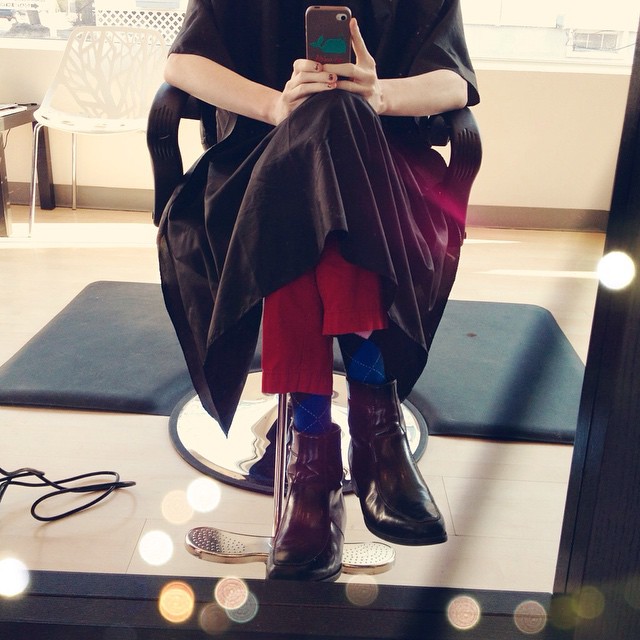44 years ago, Keith Jacobs and Frank Hustmyer discovered in this primary color study that color has the ability to change heart rate, blood pressure, and respiration results. If a few colors can affect our mood on a physical level, can you imagine what color is doing to us psychologically without us paying attention to it?
For 11 years, I’ve coached clients, friends, and strangers about the importance of color in their life and work. Color influences the overall mood and subjectivity of our reality. The visible portion of the electromagnetic spectrum is far more telling than we realize. Branding and marketing elites have used color to communicate a range of messages to program our minds and influence our buying decisions over the generations. Negatively, color has been used over the centuries to define gender, defend class warfare, and develop mass emotional reactions based on fear, ego-driven desires and a limited understanding of self-worth.
It’s my intention and mission on this planet to teach intentional living and working with purpose through the power of color. And before we can enjoy the rainbow’s worth of color available to us, we must first talk about our co-dependency with black and how it’s affecting our attitude and relationship with our self and our work.
Charcoal gray and black
No shade. Black is the most commonly misunderstood color because of its function as a “slimming” color and its utility to communicate seriousness and authority. No one’s aura should look like asphalt. Charcoal is also a common color to see at work because we’ve become a culture attached to passive aggressive email threads (gray communication yuck), and career burnout. It’s not so farfetched to understand why we surround ourselves with black as an energetic method to protect ourselves, but ultimately wearing black daily diminishes visibility and gray well that increases depression.
These attributes in our color consciousness do offer boundaries and groundedness. Writing this article isn’t to diminish the power behind feeling serious, in-charge or sexy. It’s a calling to remind you that you’re writing your future through how you show up on this planet. You are affecting how others see you. You are expressing and enabling fears or desires without even realizing it. And I want to help guide you not away from black entirely, but encourage you to take responsibility for the energy you bring in your life and work confidently.
Black defines boundaries, however, it also influences segregation and promotes feeling isolated or detached from one’s purpose or sense of belongingness. A client of mine who works as an associate designer in a corporate marketing firm mentioned being mocked at work. Insert snide high school behavior here.
Besides advising them to go to human resources to discover more options, I tuned into the color energy and their personality. I asked a variety of questions about their diet, workspace, clothing worn during the week, and dabbled in some astrology (#MercuryRetrograde). What we ended up noticing was a pattern in what they wore to work and having to attend team meetings. They shared feeling inadequate and more reserved in comparison to their co-workers so they decided to dedicate a black power outfit to appear more serious and look like their team. Instead, this intention bypassed a deeper feeling altogether.
When I asked if they felt invisible on the team, their eyes widened and I saw the realization flash over their face. Black was being used to blacklist their brilliance.
Feeling like we are not enough is a common struggle. With so many tests, interviews, competitions and childhood comparisons it’s hard being human. We then carry these egoic conspiracies into adulthood affecting our abundance, purpose, and wellness. Perpetuating self-sabotaging habits that sacrifice our best selves keeps the light small. Blacklisting your brilliance serves no one because it prevents alternative ideas, blocks creative solutions from happening, and keeps you separate from your true self. It dissolves the beauty of diversity. Although I admire my client’s intention to harmonize with a group by wearing black, it eventually enabled them to avoid their own brilliance and wisdom as a designer.
Fixing your life and career with color
After exposing this truth, I recommended to my client to fix their leaky aura and discover how they truly want to show up at these work meetings using the power of color. For them, it was about wearing more shimmery clothing to feel seen and heard. For you, it could be different (need inspiration? check this guide out: 44 ways to add color at work) depending on your specific job policies and personal energy. This is why I love coaching through color because it’s so unique and custom to an individual’s needs. Life hands you lines, you can choose to color inside them or not.


